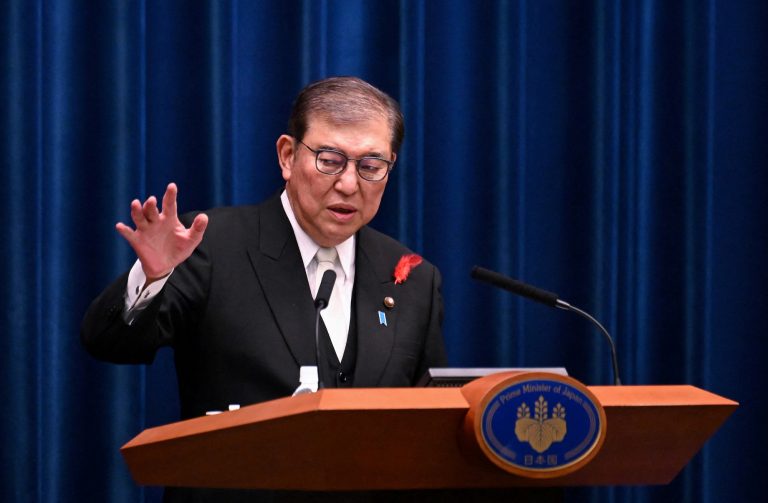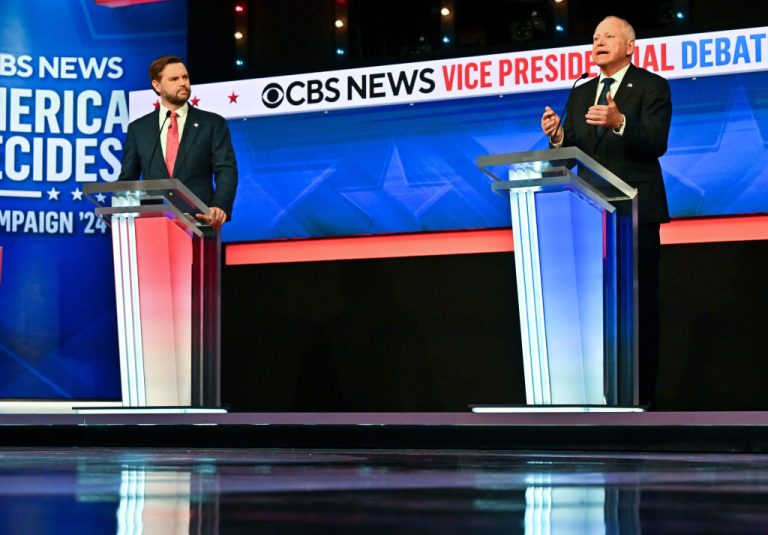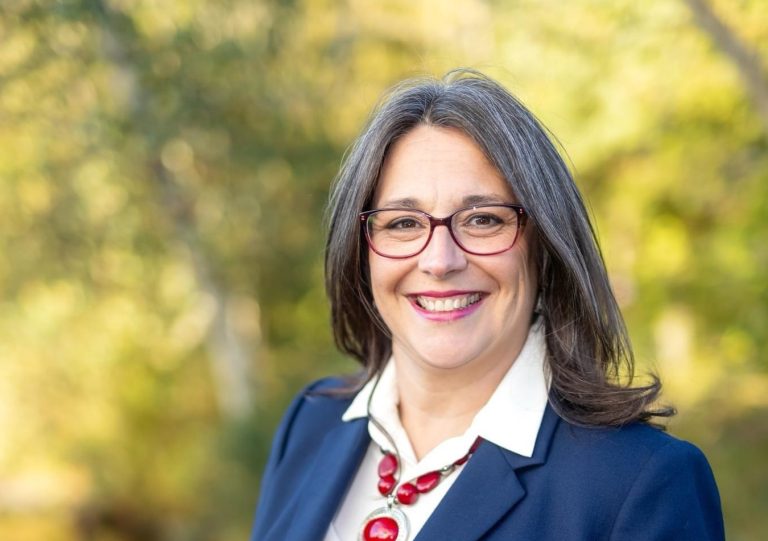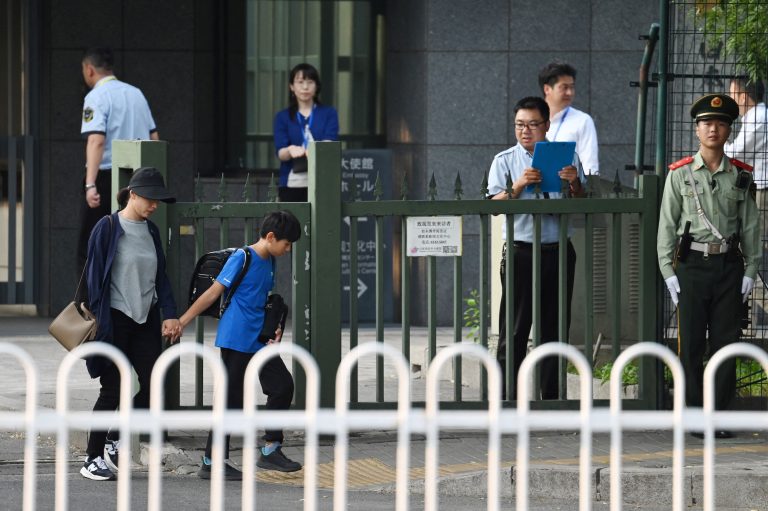U.S. Vice President Kamala Harris will shortly be visiting the Southeast nations of Vietnam and Singapore as Washington seeks to boost ties in the region. Her visit will follow Defense Secretary Lloyd Austin’s tour where he is scheduled to meet leaders in Singapore, Vietnam, and the Philippines.
Harris will visit the two nations in August, which will mark the first time that an American vice president has visited Vietnam. Harris is expected to discuss issues like climate change, regional security, and the coronavirus pandemic.
The Vice President aims “to strengthen relationships and expand economic cooperation with two critical Indo-Pacific partners of the United States,” senior adviser Symone Sanders said in a statement. She will also negotiate measures to implement a “rules-based international order.”
In Singapore, Harris is expected to discuss cybersecurity, digital trade, and defense. Singapore Prime Minister, Lee Hsien, said that he is looking forward to “strengthening bilateral cooperation” as well as working together on global challenges like climate change and the COVID-19 epidemic.
This will be Harris’ second trip overseas as the American Vice President after her trip to Mexico and Guatemala in June. That trip did not sit well PR-wise as the vice president fumbled while responding to a question which enquired why she had not yet visited the U.S.-Mexico border after assuming office.
Success
You are now signed up for our newsletter
Success
Check your email to complete sign up
Harris laughed it off by answering that she also hadn’t visited Europe, even adding that she could not understand the point the questioner was making. “It was a clumsy answer that came off as tone-deaf given that the situation at the U.S.-Mexico border is one of the most troubling issues facing the administration,” Maeve Reston, CNN National Political Reporter, wrote in an analysis.
Meanwhile, Harris’ Southeast Asia trip comes on the back of Defense Secretary Austin visiting the region. “You’ll hear me talk a lot about partnerships and the value of partnerships… My goal is to strengthen relationships,” Austin had said to reporters before heading off on the tour.
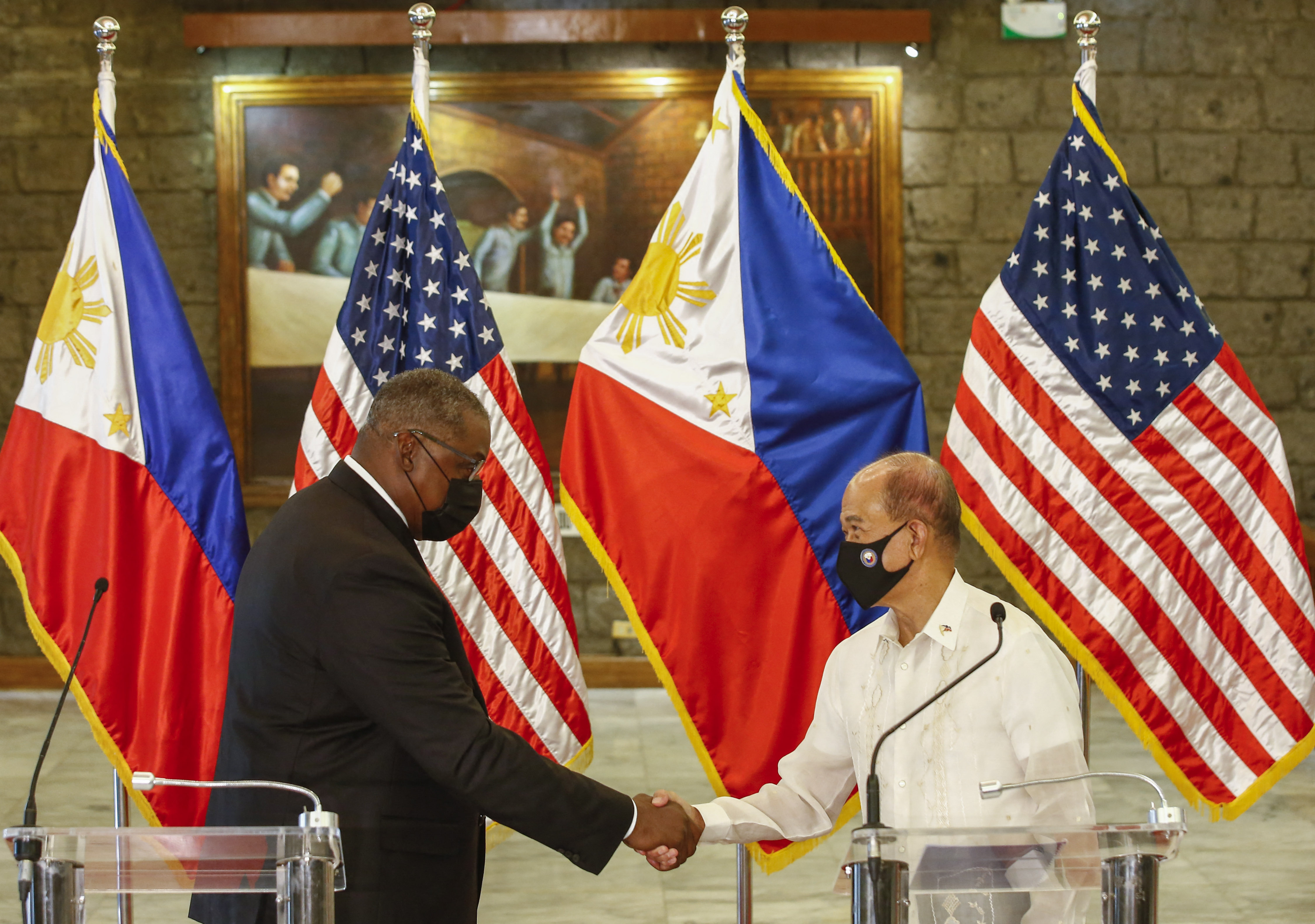
In a speech at the International Institute for Strategic Studies in Singapore, Austin dismissed Beijing’s claims in the South China Sea and accused the communist regime of being unwilling to “respect the rule of law” and “resolve disputes peacefully.”
“We will not flinch when our interests are threatened. Yet we do not seek confrontation… Let me be clear … I am committed to pursuing a constructive, stable relationship with China,” Austin stated.
Focus on Southeast Asia
During his Singapore speech, Austin has said that Washington was looking to reduce Chinese military activities in Southeast Asia through “integrated deterrence,” which, according to the Defense Department, would mean using “every military and non-military tool in lock-step with allies and partners.”
Political experts feel that the American government is looking to boost ties with the Philippines and Vietnam since these two nations have sparred with China over the years with regard to territorial claims in the South China Sea.
“It’s not coincidental… The U.S. just finished its China strategy. The core of the strategy is to get more allies on board, so it made sense that the first trip to Asia is in Southeast Asia because these countries would play some critical role,” Eduardo Araral, associate professor at the National University of Singapore’s public policy school, said to VOA News.
Said Aaron Jed Rabena, research fellow at the Manila-based think tank Asia-Pacific Pathways to Progress, stated in an interview with South China Morning Post that Washington is looking for partners to offset China’s influence in the ASEAN region by countering Beijing’s Belt and Road initiative (BRI).
He pointed out that both Vietnam and Singapore are nations that have an “aligned political or defense agenda” with the United States.
Dr. Renato de Castro, international relations professor at De La Salle University in Manila, said that there was a perception among the ASEAN nations that the United States was ignoring and neglecting them despite the fact that the region is one of Washington’s key battlegrounds.
The Asean Declaration created the ASEAN nations on 8 August 1967, setting out one vision, one identity and one community for countries in the region. This followed the informal group known as the Association of Southeast Asia (ASA), which started in 1961.
The ASA was primarily created because the countries within the group, made up of Malaysia, the Philippines, and Thailand, were afraid of communism and wanted to work together to show a united front. This makes the U.S. initiative one of great importance, given the BRI.
“This is an effort by the Biden administration to show the region matters to the United States,” Castro said to the media outlet.




